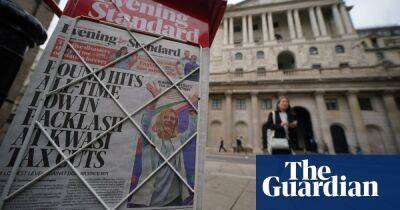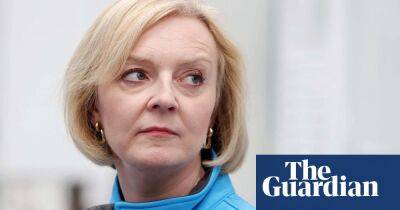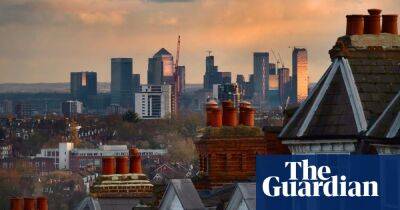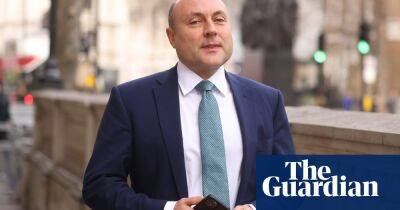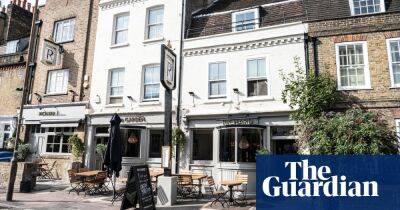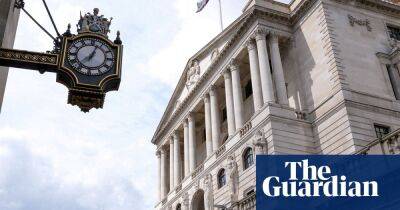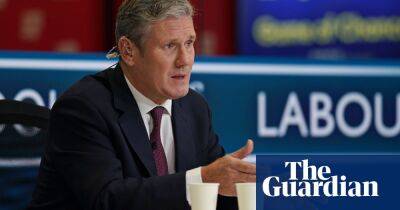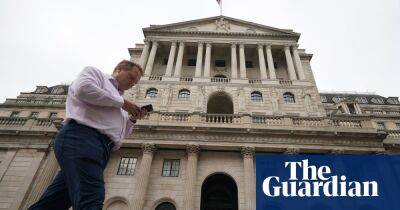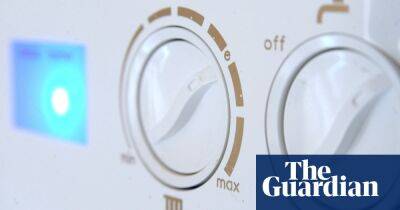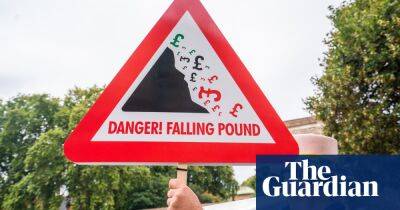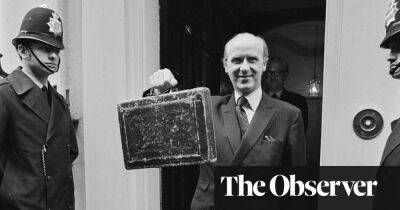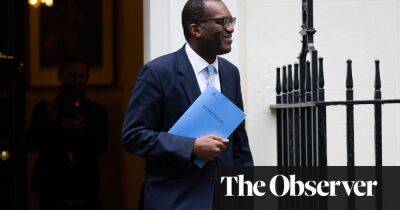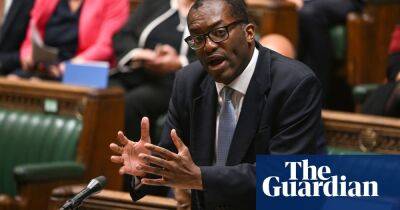Five charts that will underpin chancellor’s mini-budget
Kwasi Kwarteng will announce the details of his mini-budget on Friday with Britain already in a recession. In only his third week in the job, the chancellor is expected to announce sweeping tax cuts and further details on the government’s energy price freeze, in an emergency support package worth more than £150bn.
It comes after the Bank of England reported that Britain’s economy fell into recession earlier this year amid the cost of living crisis. Here are the five key charts that will underpin the chancellor’s statement.
Inflation has soared to the highest levels since the early 1980s in recent months, as Russia’s war in Ukraine drives up energy prices, feeding through to higher costs for food and fuel for hard-pressed UK households.
The consumer prices index fell back slightly in August to 9.9%, after reaching double-digits in July for the first time since 1982.
Liz Truss’s plan to cap average household energy bills at £2,500 for the next two years is however widely expected to limit further increases in the headline rate. Some economists had expected the measure for the cost of living to reach 18% next year – or even exceed 22% if high energy prices were sustained.
The Bank of England now expects inflation to peak at close to 11%, although it has warned that the prime minister’s energy package could lead to persistently higher rates of inflation by helping to support consumer demand for goods and services.
Kwarteng has labelled his mini-budget “the growth plan” in advance of announcing broad-based tax cuts designed to help reach an annual target for GDP growth of 2.5%.
The chancellor is widely expected to scrap a planned rise in corporation tax from 19% to 25% in April, which had been set in motion by Rishi Sunak, arguing
Read more on theguardian.com

